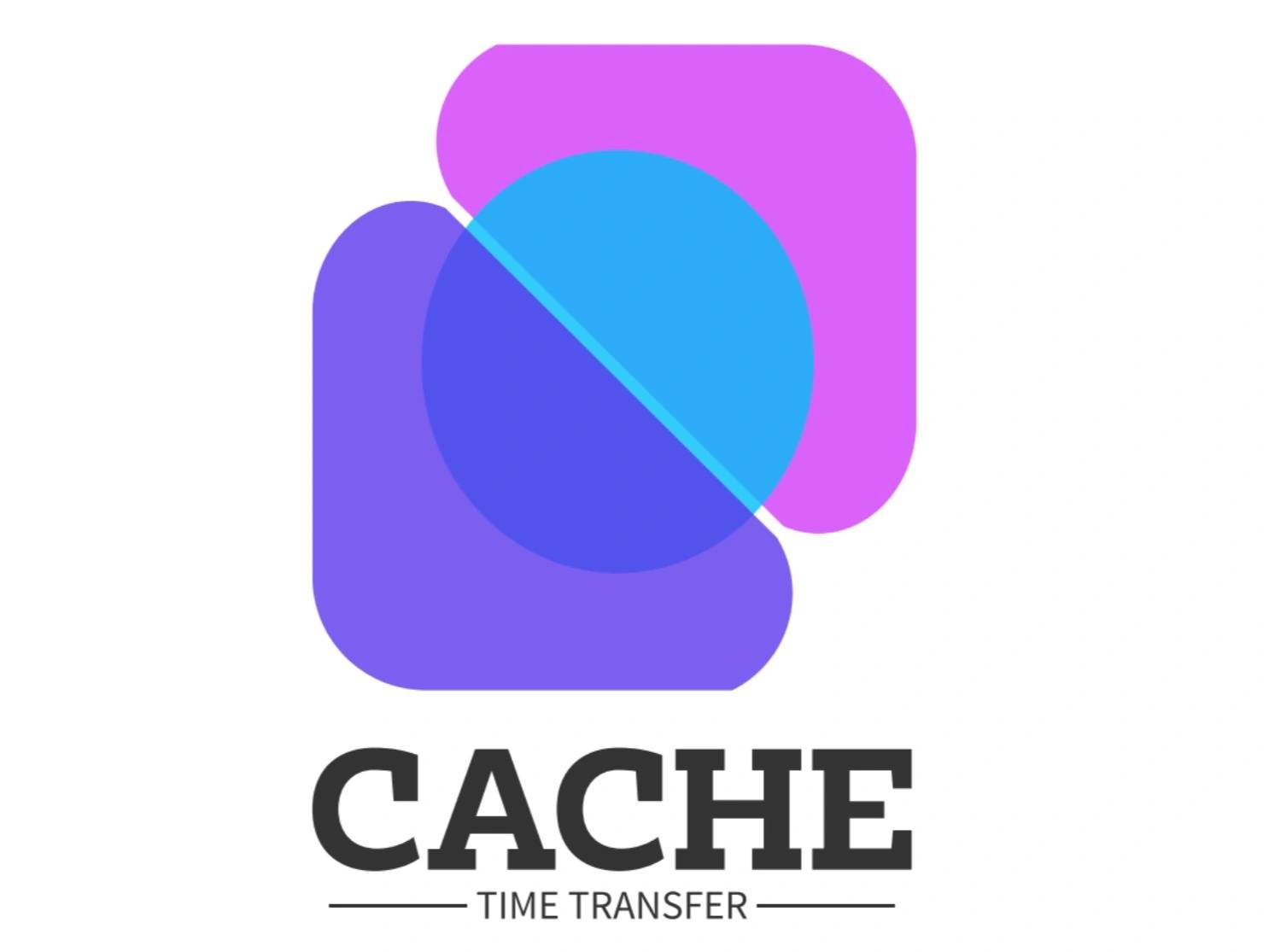위키 구독하기
Share wiki
Bookmark
Cache Wallet
Cache Wallet
Cache는 분실된 시드 구문, 비밀번호 또는 개인 키로 인해 접근할 수 없거나 "고아" 상태가 된 디지털 자산 문제를 해결하도록 설계된 스마트 지갑 생태계입니다. 이 플랫폼은 사용자가 민감한 자격 증명을 저장할 필요 없이 지갑 복구 및 자산 이전 기능을 제공하는 것을 목표로 합니다. [1] [2]
개요
Cache의 개발은 영구적으로 접근할 수 없게 된 암호화폐 자산의 상당한 가치에 대한 대응입니다. 추정에 따르면 수십억 달러 상당의 디지털 자산이 소유자가 접근하는 데 필요한 자격 증명을 분실했기 때문에 "고아" 지갑에 갇혀 있습니다. 예를 들어, 보고서에 따르면 분실된 키로 인해 2,500억 달러가 넘는 Bitcoin이 회수 불가능할 수 있습니다. 이 문제는 유사한 상황에서 기존 금융 계정이 영구적으로 접근 불가능해지는 경우가 없기 때문에 암호화폐의 광범위한 채택에 상당한 장벽을 제시합니다. 기존 복구 솔루션은 사용자가 특정 보안 프롬프트를 기억하거나 신원 확인을 거쳐야 하는 경우가 많아 블록체인 기술의 개인 정보 중심적인 특성을 손상시킬 수 있습니다. [1]
Cache는 개인 키나 시드 구문을 저장하지 않고도 자산 복구가 가능한 시스템을 만들어 이 문제를 해결하고자 합니다. 이 프로젝트의 목표는 지갑 관리 및 복구를 간소화하여 암호화폐의 광범위한 채택을 촉진하는 것입니다. 이 생태계는 상속 계획 및 에스크로 서비스를 위한 메커니즘을 포함하여 자동화되고 안전한 자산 이전을 위한 여러 기능을 통합한 스마트 지갑을 중심으로 구축됩니다. 이 플랫폼의 아키텍처는 스마트 계약 및 독점 메커니즘을 통해 이러한 기능을 지원하도록 설계되었습니다. [3]
제품
Cache 생태계는 보안 및 자산 관리 서비스를 제공하기 위해 함께 작동하도록 설계된 세 가지 주요 제품으로 구성됩니다. [3]
Cache 스마트 지갑
핵심 제품은 사용자를 위한 주요 인터페이스 역할을 하는 Cache 스마트 지갑입니다. 기존 개인 키나 시드 구문이 필요 없이 지갑 복원 및 자산 관리를 허용하도록 설계되었습니다. 대신, 아키텍처에 내장된 다른 보안 및 복구 메커니즘을 활용합니다. 이 지갑은 여러 블록체인 네트워크를 지원하며, 암호화폐를 처음 접하는 사용자와 경험이 많은 사용자 모두에게 사용자 친화적인 경험을 제공하고자 합니다. [2]
에스크로 모듈
Cache에는 두 당사자 간의 안전한 거래를 가능하게 하는 엔터프라이즈급 에스크로 솔루션이 포함되어 있습니다. 이 모듈을 통해 구매자는 합의된 금액을 에스크로 스마트 계약으로 이전할 수 있습니다. 자금은 제3자 중재자가 미리 정의된 조건에 따라 거래를 검토하고 승인할 때까지 보유되며, 그 시점에 자금이 판매자에게 지급됩니다. 이 제품은 고가의 구매 및 조건부 지불 해제가 필요한 기타 거래를 위해 설계되었습니다. [2] [3]
데드맨 스위치
데드맨 스위치는 자동 자산 복구 및 상속을 위한 기능입니다. 사용자는 지정된 기간 동안 활동이 없으면 지갑의 내용을 지정된 신뢰할 수 있는 지갑으로 이전하도록 스위치를 구성할 수 있습니다. 이 기간은 사용자가 설정하며, 사용자가 해당 기간 내에 지갑과 상호 작용하지 않으면 스마트 계약이 자동으로 이전을 실행합니다. 이 기능은 소유자의 사망이나 무능력으로 인해 자산이 고아 상태가 되는 것을 방지하도록 설계되었습니다. [2] [3]
기능
Cache는 자산 복구 및 관리 목표를 지원하기 위해 여러 기능을 통합합니다.
- 간편 복원: 이 기능은 지갑 설계의 중심이며, 사용자가 키, 비밀번호 또는 개인 정보를 제공할 필요 없이 자금에 대한 액세스를 복원할 수 있도록 합니다. [2]
- 분산 생체 인식: 이 시스템을 통해 사용자는 암호화된 생체 데이터를 사용하여 계정을 생성할 수 있으며, 이 데이터는 블록체인에 저장되어 보안을 강화하고 복구를 용이하게 합니다. [2]
- 자동 브리징 네트워크: 이 지갑에는 자동 브리징 프로토콜이 포함되어 있어 사용자가 수동으로 개입하지 않고도 다른 블록체인 네트워크 간에 자산을 이전할 수 있습니다. [2]
- AI 에이전트: 통합된 AI 에이전트는 사용자가 이전을 설정하고, 복구 메커니즘을 구성하고, 다른 플랫폼 기능을 활용하는 데 도움을 줄 계획입니다. [2]
- 실물 자산(RWA) 이전: 이 플랫폼은 NFT 통합을 통해 토큰화된 실물 자산의 생성 및 이전을 지원하도록 설계되어 상속 및 신탁 관리에서 사용 사례를 가능하게 합니다. [2] [1]
- 분산 유언장: 사용자는 디지털 자산과 상속을 수혜자에게 자동으로 이전하도록 설정할 수 있으며, 이는 분산된 유언장 역할을 합니다. [2]
이러한 기능은 디지털 자산 보안 및 상속에 대한 포괄적인 솔루션을 제공하도록 설계되었습니다. [2]
잘못된 내용이 있나요?
